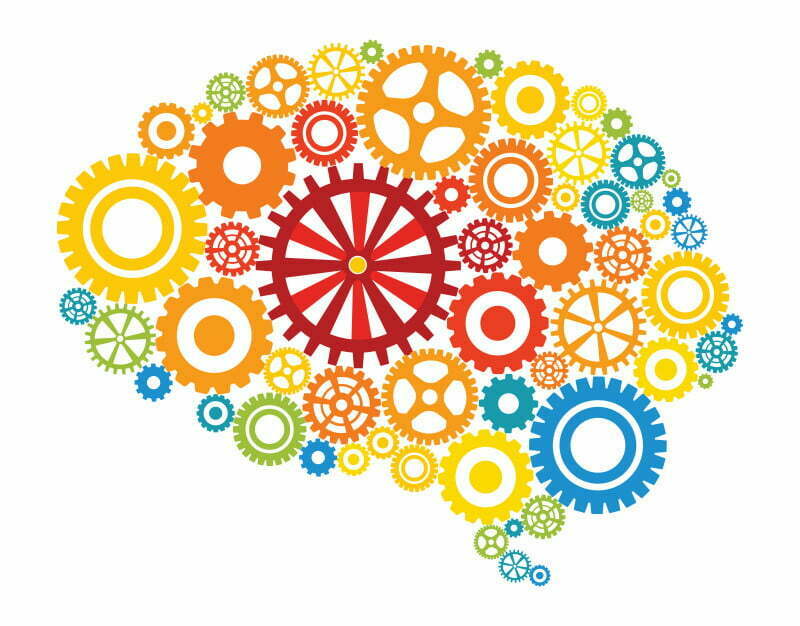The main changes in our brains as we get older are in the brain cells with a supporting role, called glial cells, scientists have found.
The surprising finding is published in the journal Cell Reports.
The researchers also found that the greatest changes in glial cells as we age are in the brain regions most often damaged by neurodegenerative disease, like Alzheimer’s and Parkinson’s.
The discovery suggests the interactions between glial cells and neuronal cells, the nerve cells active in mental function and forming memories, should be a focus of future dementia, Alzheimer’s and Parkinson’s disease research.
The scientists analysed brain tissue samples from 480 healthy people who were between 16 and 106 years old when they died. They looked at patterns of gene expression in neuron and glial cells in 10 different brain regions.
They used dedicated computational analyses – involving data mining and machine learning approaches – to examine the cell populations present in images scanned from stained brain sections. Each image would typically include hundreds of thousands of brain cells and is scanned in high resolution.
Most of the samples were provided by a UK brain bank, the Sudden Death MRC brain bank, based in Edinburgh, which stores post mortem brain tissue donated for research. This large resource, confirmed by samples from other brain banks, allowed the team to tell the story of how healthy human brains age.
The team’s findings and the new resource of data this research has generated provide an important foundation for future studies that apply a similar approach to learn more about neurodegenerative diseases.
Paper: «Major Shifts in Glial Regional Identity Are a Transcriptional Hallmark of Human Brain Aging»
Reprinted from materials provided by the Francis Crick Institute.

